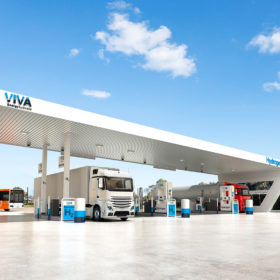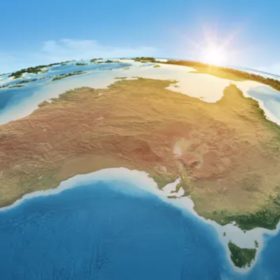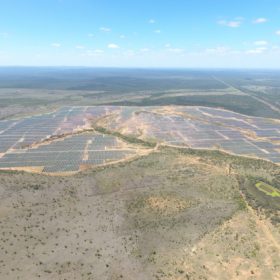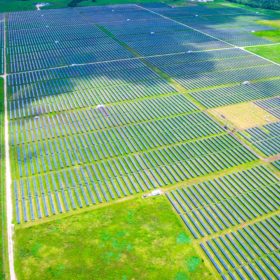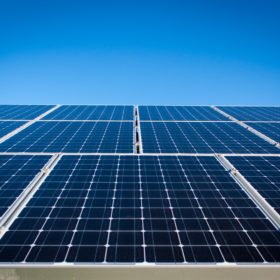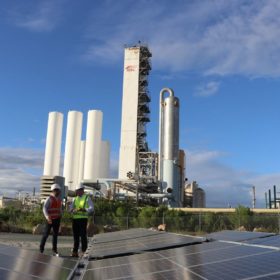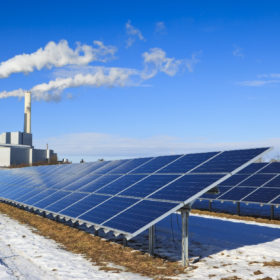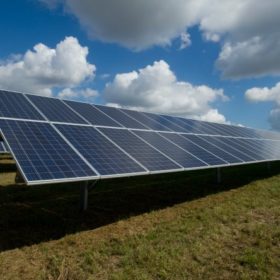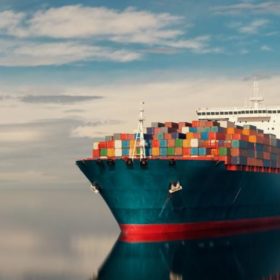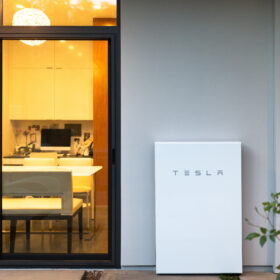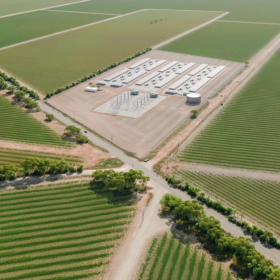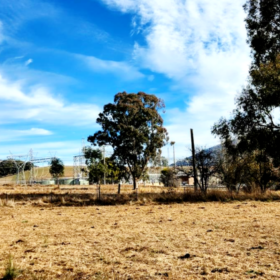Viva strikes deal for 2.5 MW electrolyser as states pursue green hydrogen highway
Geelong oil refinery owner Viva Energy is driving ahead with plans to establish Australia’s first publicly accessible commercial green hydrogen refuelling station in Victoria, announcing it has placed a $5.93 million (€4 million) purchase order with Norwegian company Nel Hydrogen for the supply of a 2.5 MW electrolyser.
Victorian Opposition unveils residential solar and storage strategy
Victorian Opposition Leader Matthew Guy has vowed to “turbo-charge renewables”, promising at least one million additional Victorian homes would have solar PV and battery energy storage systems installed by 2035 if the Coalition is voted in at the November state election.
Albanese lays out radical new vision for Australia: clean energy exporter and green manufacturer
Gone are the days when the federal government would cheer on Australia’s fossil fuel exports to the exclusion of all else, while seemingly doing everything in its power to hold back the switch to renewables.
FRV points to refinancing move as sign investor appetite is ‘growing’
The Australian arm of global renewable energy developer Fotowatio Renewable Ventures has pointed to the refinancing of its 100 MW Lilyvale Solar Farm in Queensland as a sign of renewed investor confidence in the nation’s renewables sector.
South Energy progresses plans for 392 MW of solar and storage projects
Australian renewables developer South Energy has announced a series of “significant milestones” with a trio of large-scale solar PV and battery projects, with an aggregated capacity of more than 390 MW, getting the tick of approval from relevant authorities.
Report shows South Australia on path to 100% renewables
South Australia is closing fast on its target to be powered by 100% net renewables by the end of the decade with new data revealing a combination of wind and solar energy provided a daily average of almost 70% of the state’s electricity needs last financial year.
BOC partners with bp to build ‘Australian first’ green hydrogen refuelling facility
Oil and gas major bp Australia has teamed with gas and engineering company BOC to build what it describes as the first green hydrogen refuelling facility to be installed at an existing petrol station in Australia.
Solar power costs continued to fall in 2021, despite rising panel prices
The average global price of solar kilowatt-hours fell 13% on 2020’s prices, as around two-thirds of the renewables capacity installed last year was cheaper than the lowest-cost fossil fuel alternative.
Epuron pulls plug on Western Australia solar farm
Renewable energy developer Epuron Holdings has abandoned plans to construct a 5 MW solar farm on a former landfill site in Western Australia after failing to secure a commercial agreement with an electricity retailer to purchase the power to be generated on the site.
Elevated shipping costs to remain challenge for solar sector
Australia’s solar industry can expect to contend with elevated shipping costs and ongoing supply disruptions for at least another year before a ‘normalisation’ of the global ocean freight system.
